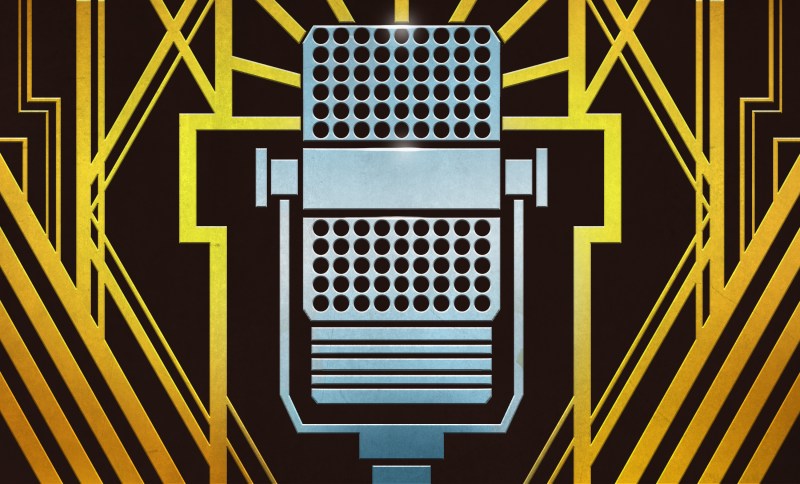Hackaday editors Mike Szczys and Elliot Williams discuss the greatest hacks of the week that was. Antennas aren’t rocket science, so this week we really enjoyed a video that demystifies antenna designs and a project that tunes up the antennas on cheap wireless modules in the simplest of ways. Google’s in the news this week with the end to project Loon, and a dust-up with the volunteer package maintainers who have spent years making sure Chromium browser is in the Linux repos. Elliot is gaga for magic eye tubes and crazy musical instruments, while Mike is over the moon for a chain-based clock display. We close up the episode talking about the Concorde, and the math behind cable mechanisms.
Take a look at the links below if you want to follow along, and as always, tell us what you think about this episode in the comments!
Direct download (~65 MB)
Places to follow Hackaday podcasts:
Episode 103 Show Notes:
New This Week:
- Google Loon’s Internet Balloons Come Back To Earth After A Decade In The Stratosphere
- What’s The Deal With Chromium On Linux? Google At Odds With Package Maintainers
Interesting Hacks of the Week:
- Fixing NRF24L01+ Modules Without Going (Too) Insane
- What Makes A Good Antenna?
- Custom Bite Sensor Replaces Keyboard Expression Pedal
- Meet The Magic Eye Vacuum Tube
- Chain Link Clock Drags Time Along
- When Appliance Hackers Hit The Music Scene
Quick Hacks:
- Mike’s Picks:
- Elliot’s Picks:
















I work in medical device manufacturing, and we use Loctite 3311 for everything that we can’t use CA for.
You guys are right that it can be difficult to get it all to cure, but what you missed is that the glue itself is transparent and will transmit/scatter the UV light through.
However, you guys are wrong that it stinks. It smells lovely, like cedar.
Never used Loctite 3311 — the stink I was complaining about is the hardware-store UV-cure stuff, which for all the world appears to be high-priced UV curing 3DP resin.
I’ll have to try some out.
Still, I wonder how far the curing UV gets in between two flat sandwiched sheets of metal, as a thought experiment.